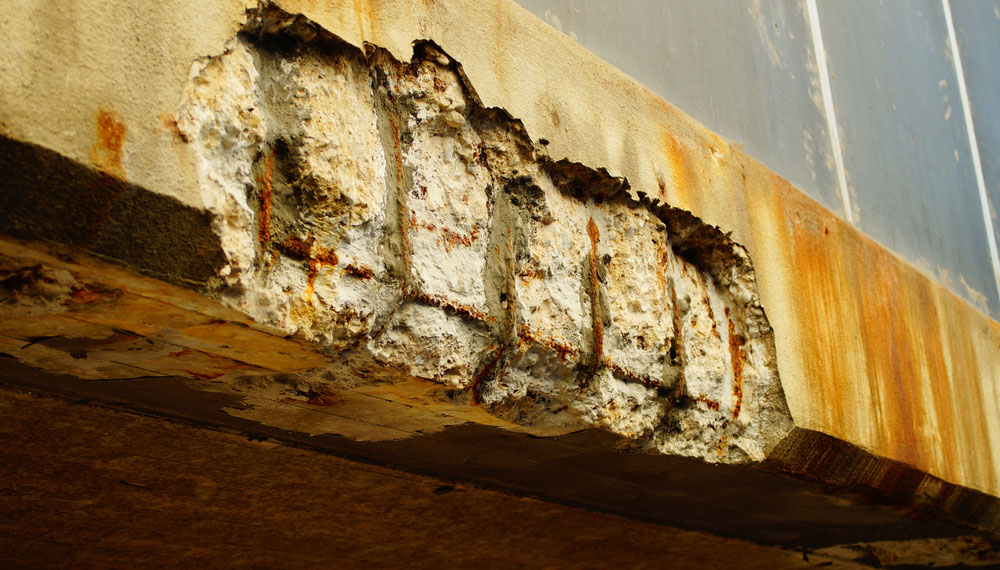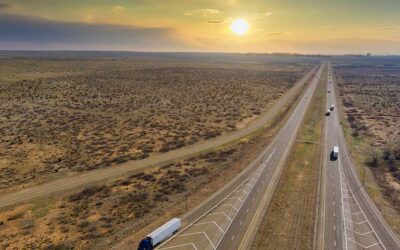Civil engineers stand at the center of one of the most urgent challenges of our time: maintaining and modernizing the backbone of society’s infrastructure. Roads, bridges, water systems, transit networks, and energy grids are essential for daily life and economic stability. Yet much of this infrastructure is decades past its intended lifespan, leaving engineers with the task of repairing, replacing, or reimagining systems under growing constraints.
The Scale of the Problem
In the U.S. alone, over 42% of bridges are at least 50 years old, and more than 46,000 are considered structurally deficient. Water distribution systems often rely on pipes laid in the early to mid-20th century, prone to leaks and contamination risks. Transit systems in major cities struggle with outdated tracks, tunnels, and signaling equipment. Globally, similar challenges exist, with aging dams, power grids, and wastewater systems straining to serve populations that have grown far beyond their original capacity.
This aging infrastructure leads to frequent breakdowns, higher maintenance costs, and, in worst-case scenarios, catastrophic failures. Civil engineers must not only keep systems functioning but also ensure public safety while balancing limited resources.
Average age of U.S. infrastructure by sector. Source: ASCE 2025 Report Card.
Climate Change Adds Pressure
Aging infrastructure was not designed for the extreme conditions of today. Rising sea levels, stronger storms, heat waves, and wildfires test systems in ways their designers never anticipated. For example, urban drainage systems originally built for moderate rainfall now face frequent flooding from severe storm events. Similarly, prolonged heat stresses road surfaces and railways, accelerating deterioration.
For coastal areas, seawalls and levees designed decades ago are increasingly inadequate. Inland, reservoirs and dams face both greater drought stress and more intense rainfall events. The result is that many systems must be rebuilt or upgraded with resilience in mind, which adds both complexity and cost.
Climate change hazards affecting infrastructure design and performance.
Funding and Political Will
Perhaps the most challenging aspect is not technical but financial. Infrastructure renewal requires massive investment. While governments and municipalities acknowledge the need, funding often lags behind. Political debates delay projects, and short-term budget cycles clash with the long-term nature of infrastructure planning.
The American Society of Civil Engineers (ASCE) estimates a $2.6 trillion funding gap over the next decade in the U.S. alone. Without new investment, systems will continue to deteriorate, leading to higher costs later when emergency repairs and replacements become unavoidable.
Funding gap between current levels and required infrastructure investment.
Civil engineers are increasingly asked to do more with less: extending the life of existing systems, prioritizing critical repairs, and innovating with materials and methods to stretch every dollar. Public-private partnerships, alternative financing models, and cost-sharing mechanisms are becoming more common as ways to bridge the funding gap.
Technology as a Solution
Advances in materials science, construction methods, and digital technology are providing new opportunities. Self-healing concrete, corrosion-resistant composites, and modular construction can reduce maintenance costs and speed project delivery. Meanwhile, digital twins, AI-driven predictive maintenance, and IoT-enabled monitoring are revolutionizing how engineers manage infrastructure in real time.
These tools allow engineers to detect early signs of structural fatigue, forecast deterioration, and schedule repairs before failures occur. This not only extends asset life but also improves public safety and reduces long-term costs. However, implementing these technologies at scale requires upfront investment—tying the technical solution back to the financial challenge.
Global Perspectives
The issue is not limited to the U.S. In Europe, aging rail systems and bridges present similar challenges. In Asia, rapid urbanization strains water and transportation systems beyond capacity. In developing regions, limited infrastructure must expand quickly while still meeting sustainability and resilience standards.
Across the globe, engineers face the same dual challenge: keeping existing systems functional while designing the infrastructure of the future under constraints of climate, funding, and social need.
A Call to Action for Civil Engineers
Civil engineers are uniquely positioned to shape how society addresses the crisis of aging infrastructure. The profession demands balancing technical skill, public safety, sustainability, and economic realities. By leading conversations about long-term planning, pushing for resilient design, and embracing innovative approaches, civil engineers can transform a looming crisis into an opportunity for renewal.
Infrastructure is more than concrete and steel—it is the framework of modern civilization. Its renewal is one of the defining challenges of the 21st century, and civil engineers are at the forefront of solving it.
Disclaimer
This article is for informational purposes only and should not be considered professional or legal advice. Engineers should consult the latest codes, regulations, and local guidelines before making decisions on infrastructure projects.




